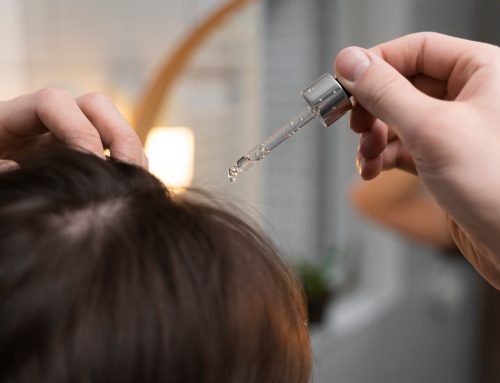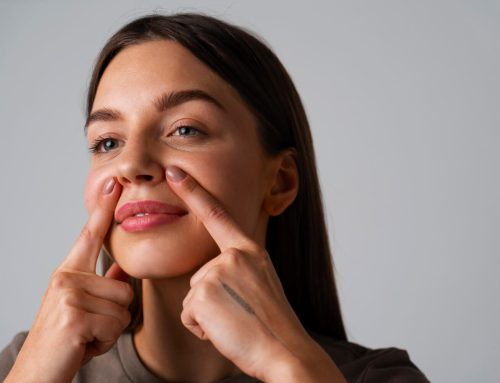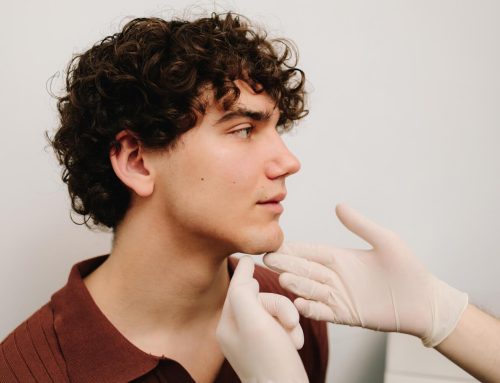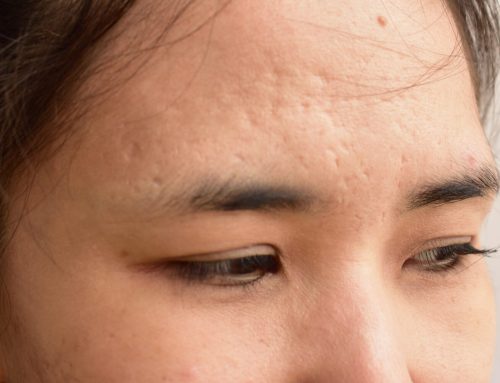Rosacea is a chronic inflammatory skin disease that presents with transient episodes associated with triggering factors and a variety of symptoms and signs.
It generally affects the facial area and has a symmetrical distribution, affecting the central areas of the forehead, cheeks, chin and nose.
The manifestations of this pathology begin as a transient erythema on the face, also known as flushing (redness), which can become persistent after 3 months. Later, if left untreated, this rosacea can progress to the appearance of papules and pustules (pimples), spider veins, dry skin, and a sensation of tightness or burning.
In extreme cases, it can also develop into what is known as rhinophyma, a condition in which the skin, mainly around the nose, becomes inflamed.
Triggers for rosacea
There are triggers and aggravating factors that can worsen rosacea flare-ups, and that we should avoid or reduce its symptoms.
These include:
Environmental:
- Heat, sun, sudden changes in temperature.
- Wind, hot baths
Food:
- Alcohol, spicy foods
- Hot foods and drinks
Emotional and situational:
- Stress, anxiety
- Strenuous exercise
- Menopause
Topical substances:
- Cosmetics (especially if they contain alcohol).
- Acetones, corticosteroids
It is essential to understand that rosacea requires medical treatment to reduce symptoms and prolong periods between flare-ups. However, in addition to existing treatments, promoting skin care habits, photoprotection and the use of cosmeceuticals (cosmetics with much more concentrated actives) can help to more effectively control this skin disease.



